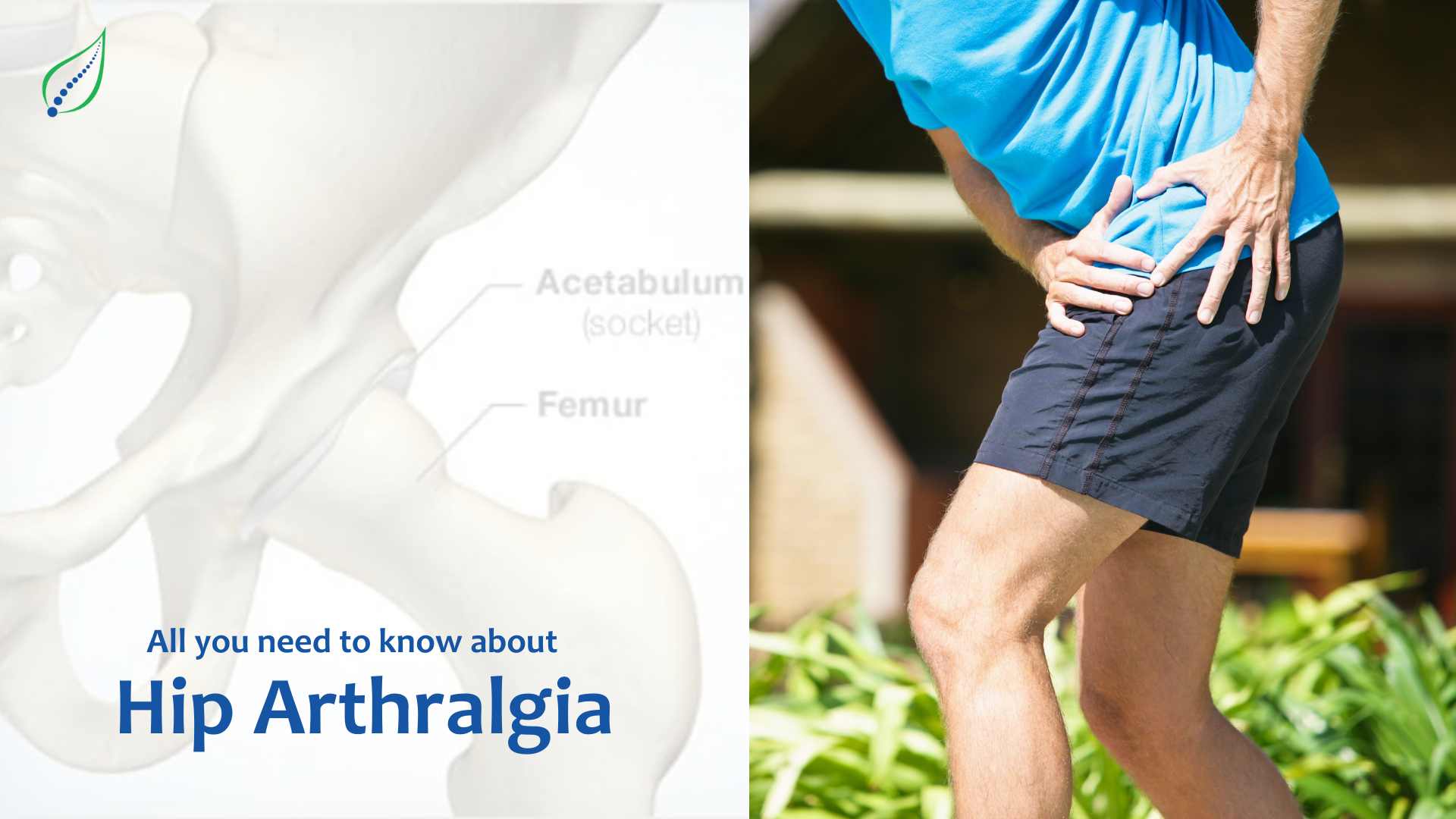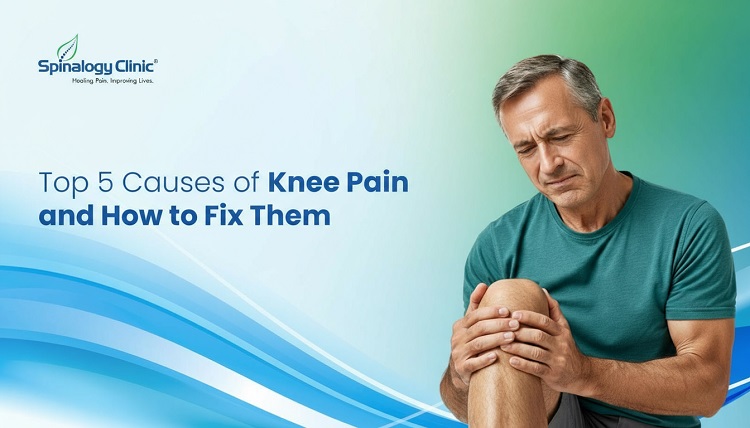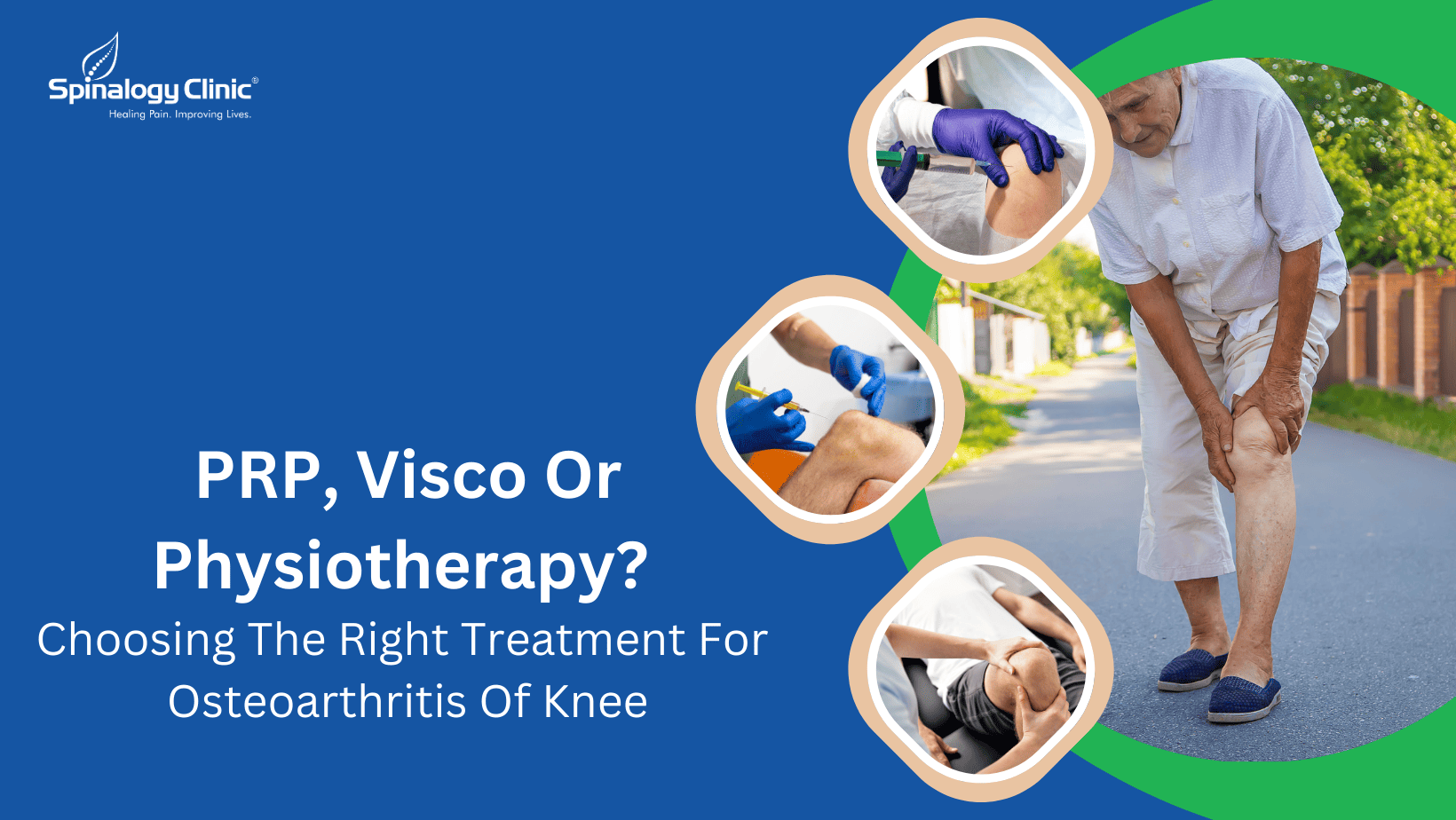All you need to know about Hip Arthralgia
Hip Arthralgia is the pain in hip joint. There can be a variety of causes for hip arthralgia and some of the most common ones includes osteoarthritis, rheumatoid arthritis, avascular necrosis, infection, injuries (sports injuries, falls/ accident/ bone fracture) and. The symptoms in an individual can depend on various factors and the most common ones include pain, stiffness and limited range of motion in the hip.
It is not very difficult to manage this condition and if treated properly, one can continue active and productive life.
Symptoms of Hip arthralgia
Symptoms of hip arthralgia may vary from person to person depending upon the cause of this condition. Below given are some common symptoms
Hip Joint Pain
The most common symptom that most people with hip arthralgia experience is pain in or around the hip joint. The intensity of pain may be low, mild, or sharp, and has the potential to radiate to the other areas of the body, like the groin, buttocks, thighs and calf
Stiffness and Reduced Range of Motion
Mostly due to stiffness range of motion is reduced also flexion and extension of hip joint is also painful . Also, pain increases while walking and may sometimes worsen if exercises are done wrongly.
Swelling
Sometimes swelling and redness is also present in and around the hip due to inflammation.
Causes of hip arthralgia
These are a few conditions that commonly lead to hip arthralgia:
Osteoarthritis
It is one of the most common causes of hip pain, especially in older adults. In this condition, the cartilage in the joints wear off, leading to pain and mostly it is observed in old age people.
Rheumatoid arthritis
It is an autoimmune disorder that leads to chronic inflammation in the joints throughout the body. It also has the probability of occurring in the hip joint, making it a very prominent cause of hip arthralgia.
Hip labral tear
Labrum is a ring that surrounds the hip joint and is cartilage acting as a protective layer. In case there is a tear in the labrum, one .This is mostly experienced by athletes.
Injuries
A variety of injuries, including dislocation, hip fractures, or any other traumatic injury, can lead longtime hip joint pain. Mostly hip injuries are caused due to repetitive strain injuries, sports injuries or trauma like car/bike accidents.
Infections
Septic arthritis caused by bacteria mostly affects the hip and knee joint.
Avascular Necrosis
A condition in which blood flow to hip bone slows down and the bone tissue dies. This condition can be caused by fracture or dislocation or long-term use of steroids.
Diagnosis
There can be several ways through which your healthcare professional may diagnose your hip arthralgia. Here are the most prevalent ways to diagnose this condition:
Medical history and physical examination
Accurate evaluation of the patient with hip pain depends upon the symptoms and the medical history given by the patient.
- Firstly one should be specific about the location of the pain
- Distinguish between acute and chronic pain.
- Time of onset
- Activities that aggravate the pain.
- Past medical history.
- Gait
The exact cause of the pain is further examined by doing detailed physical examination and through relevant investigations.
Blood tests
The doctor may also make you go through test to identify if you have any markers of inflammation or specific autoimmune conditions that may be causing pain. Such as CRP, ESR, Anti CCP, HLAB27, Uric Acid etc.
Imaging tests
Computed tomography(CT), X-Ray scans, and magnetic resonance imaging (MRI) can help doctors to visualize the hip joint, and they can detect if there are any abnormalities in the joint.
Hip arthralgia treatment
Depending on the causes and diagnosis, the doctors may recommend different patients with different treatments. Here is the list of treatments for hip arthralgia:
Physical therapy
Exercise can be a good way to monitor the condition of Hip arthralgia. Stretching, strength training, or any other physical therapy modalities can be helpful in improving stability, reducing hip pain and flexibility of the hip joint. However, if the patient is too old for this treatment, other options may be considered.
Medications
The healthcare professional may prescribe the patients to take nonsteroidal anti-inflammatory drugs (NSAIDs) that will help in relieving pain and reduce inflammation. In a few cases, the doctor may also give the patient a corticosteroid injection directly in the hip to target faster relief from pain.
Assistive devices
The use of a cane and crutches can help in providing support to the hip joint. These assistive devices offload weight from the hip joint, which reduces the pain while walking.
Now that you are aware of what causes hip arthralgia and the treatment options, it will be easier for you to manage it. However, for some minor injuries and exercise-related accidents, treatments may not be required as the hip joint heals on its own.
On the other hand, if you have some serious injuries or conditions like fractures or necrosis, the symptoms will elevate over time, making the condition even worse. In such cases, consult with a medical professional timely and get the most appropriate treatment.
Injection Treatments
Few hip conditions can be treated with periarticular or intraarticular injections such as PRP, radiofrequency and local steroid injections. You treating doctor after diagnosing the condition will decide the correct technique and method for the same.




